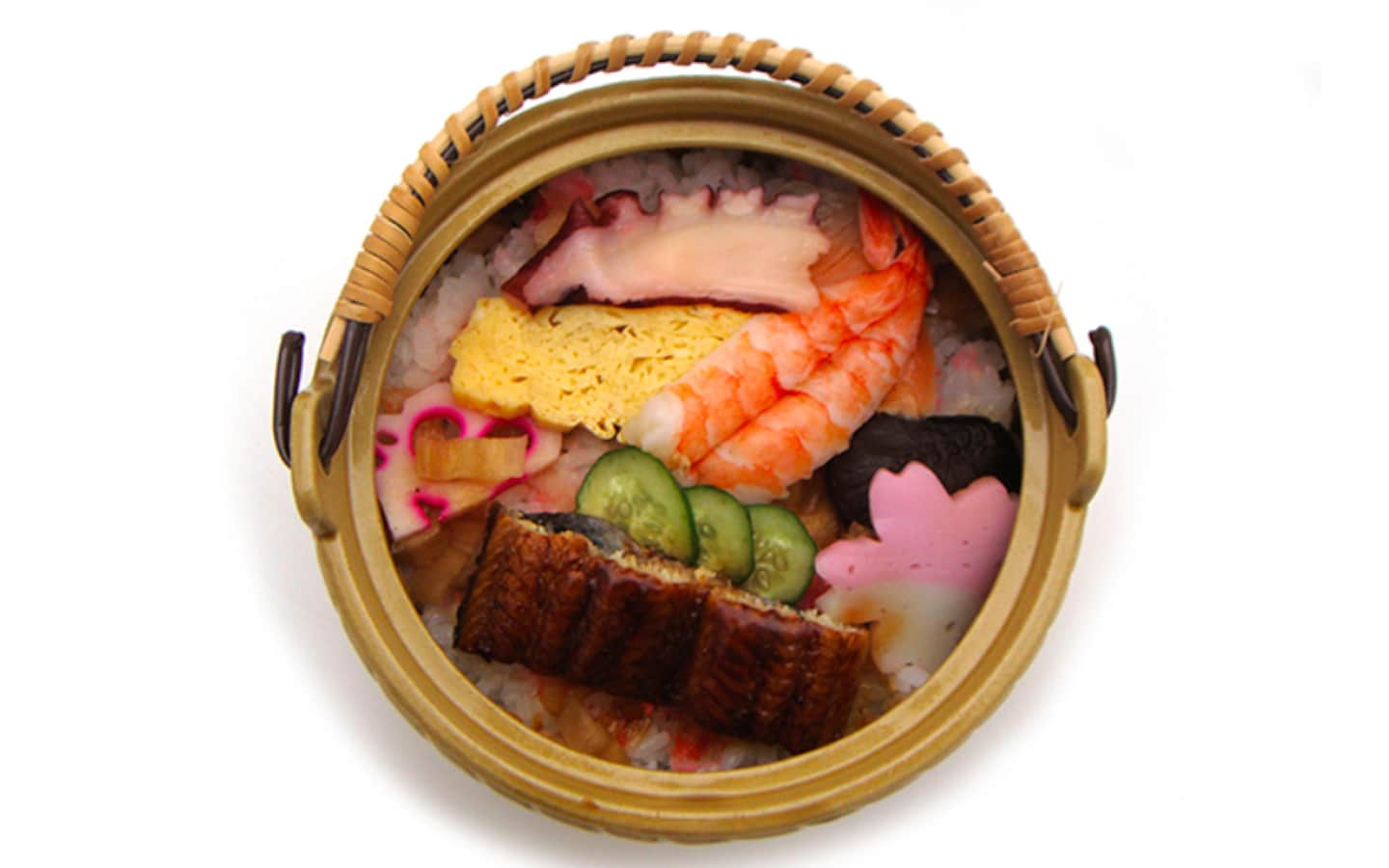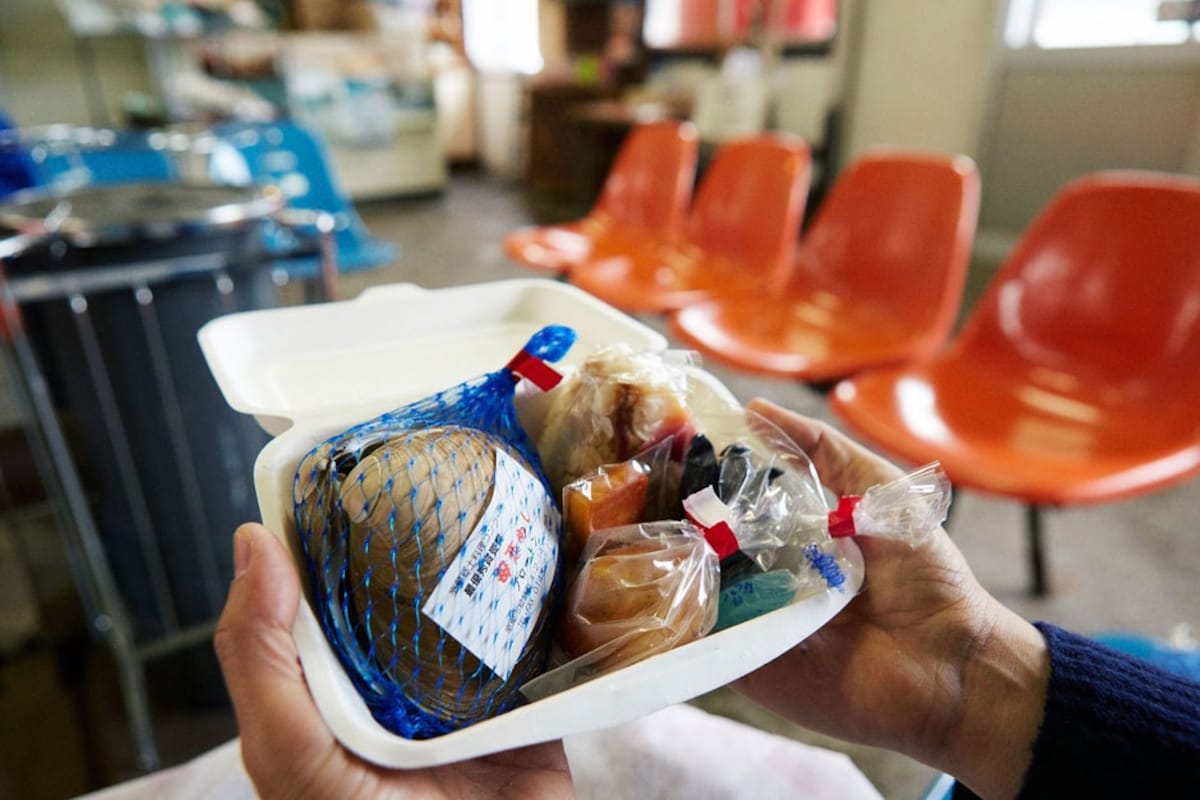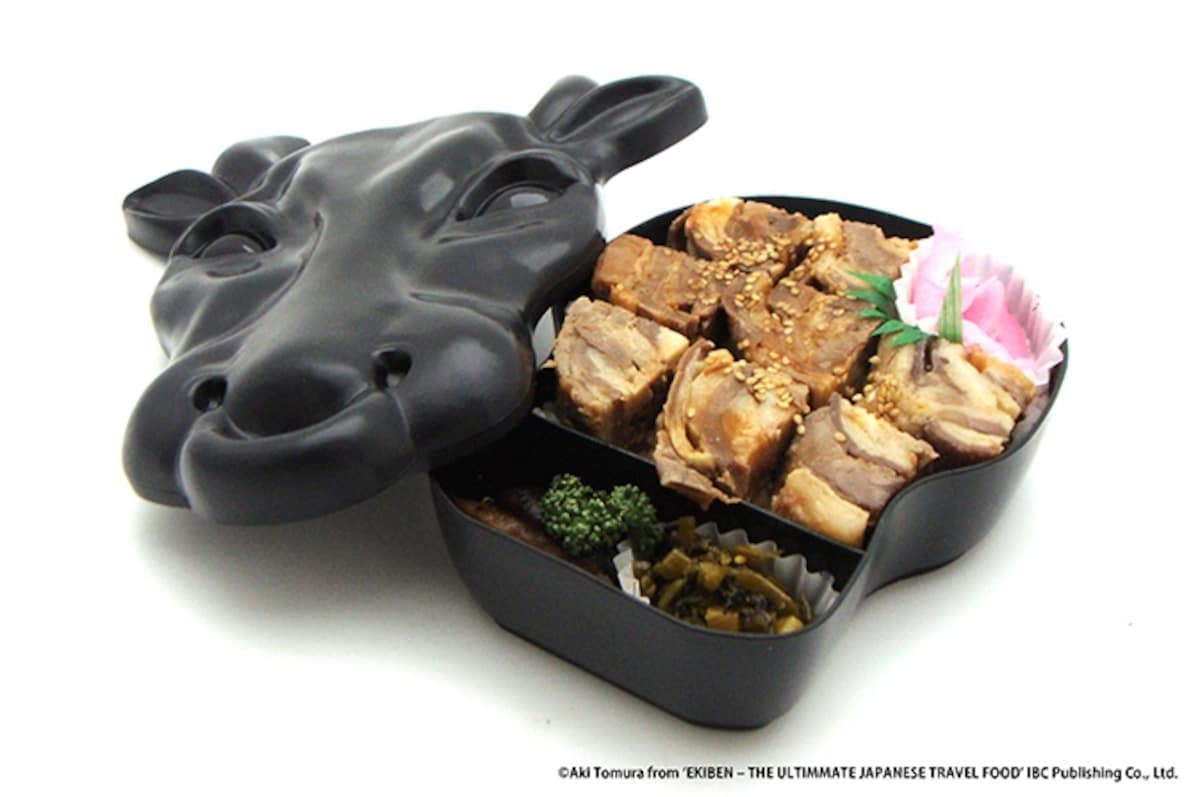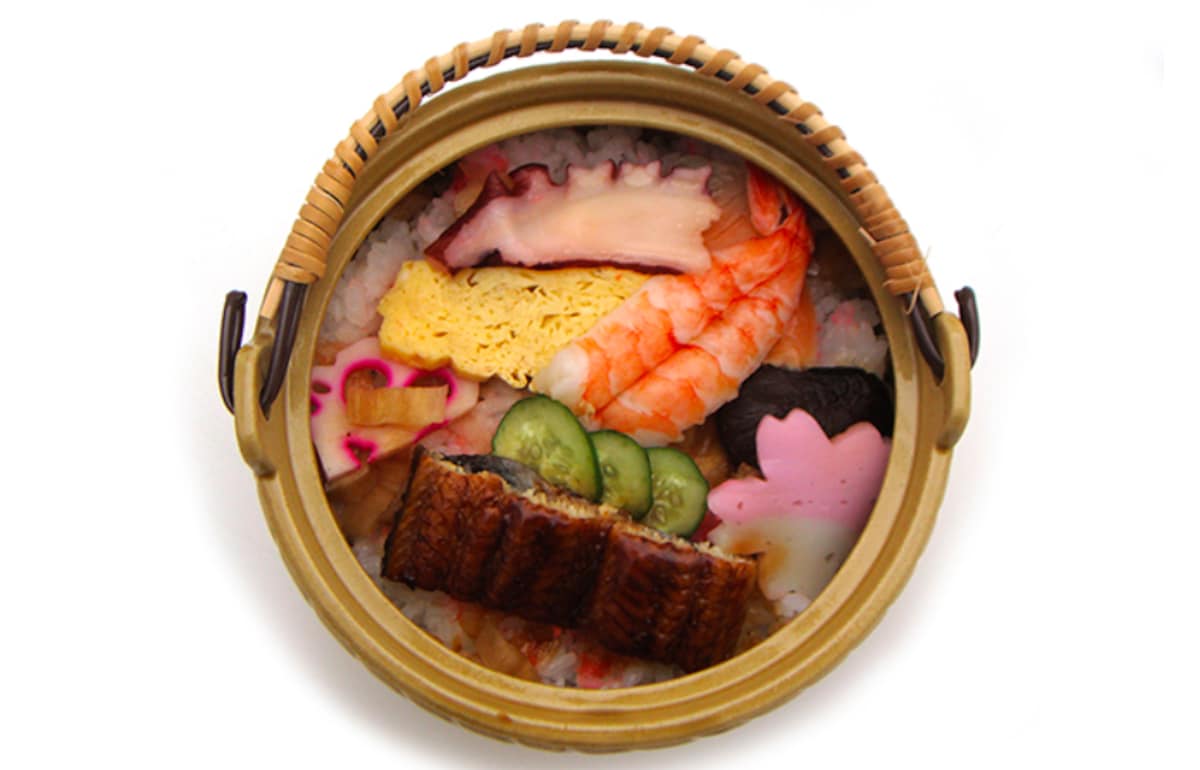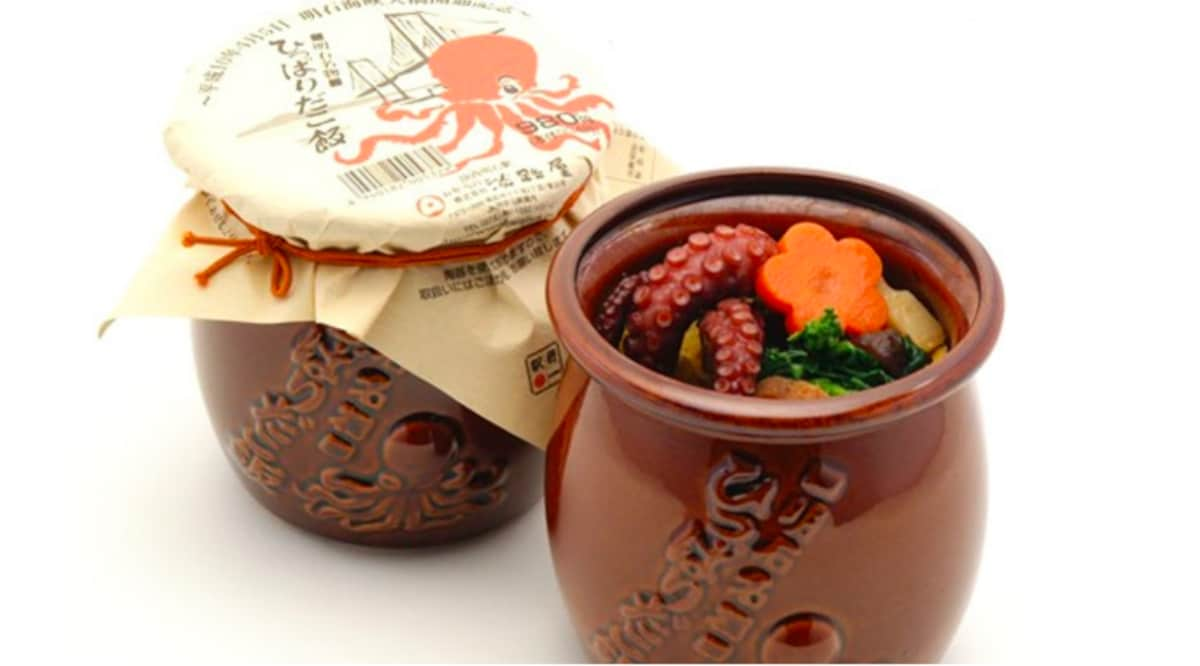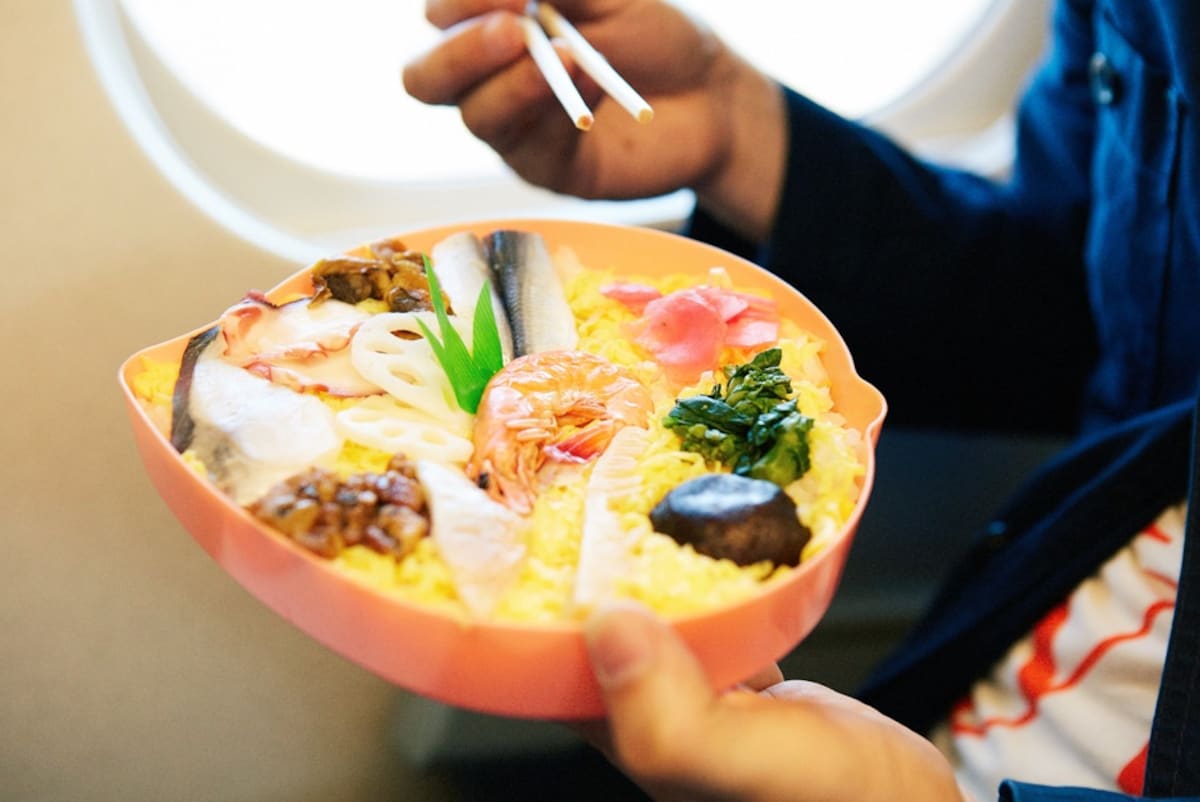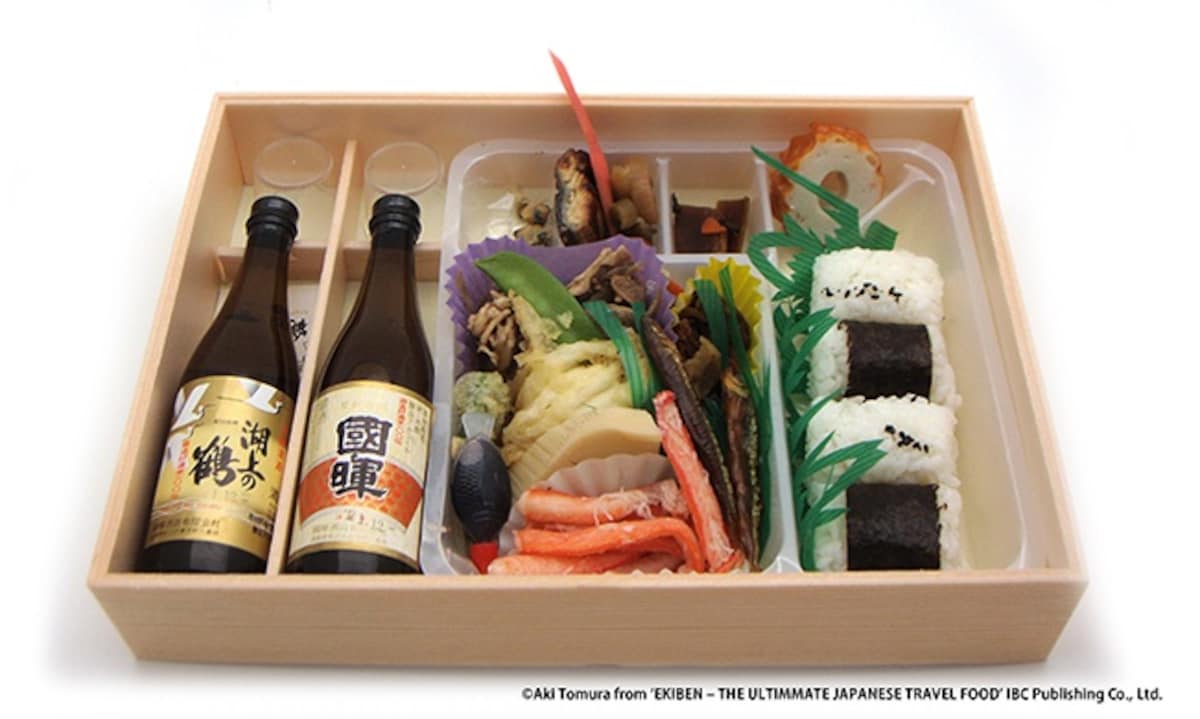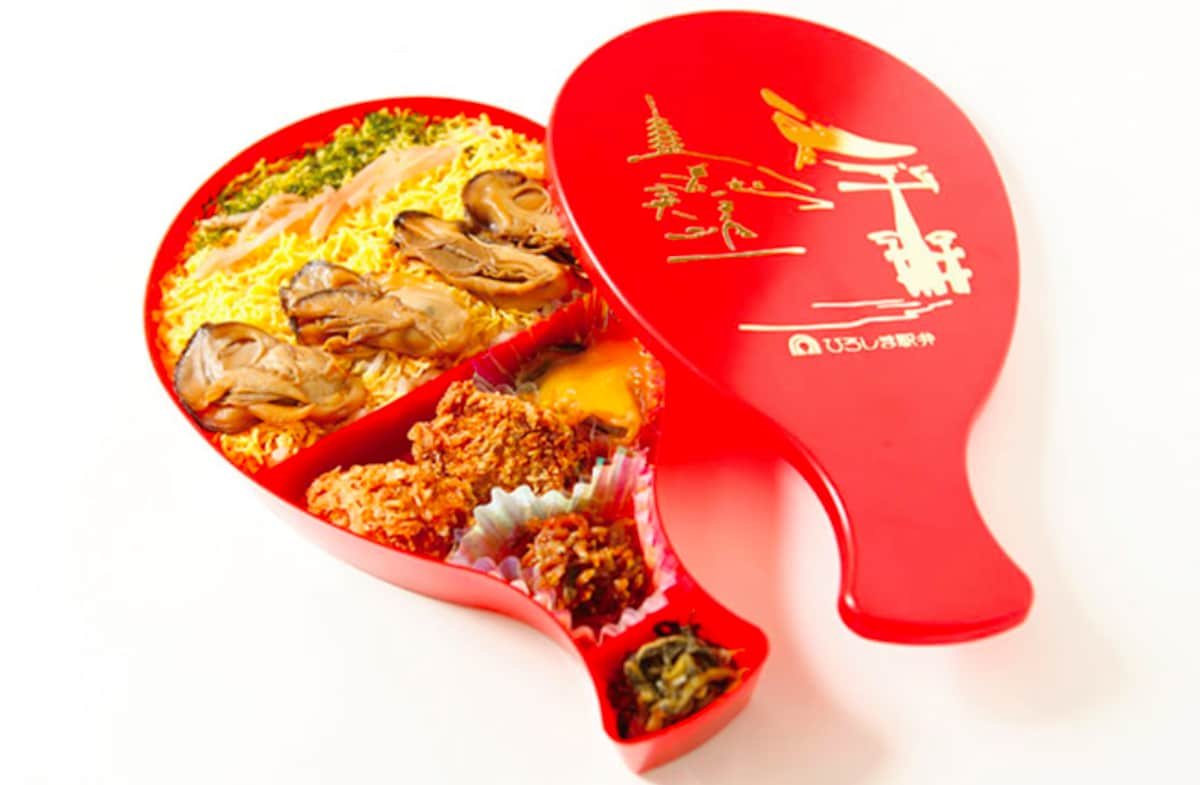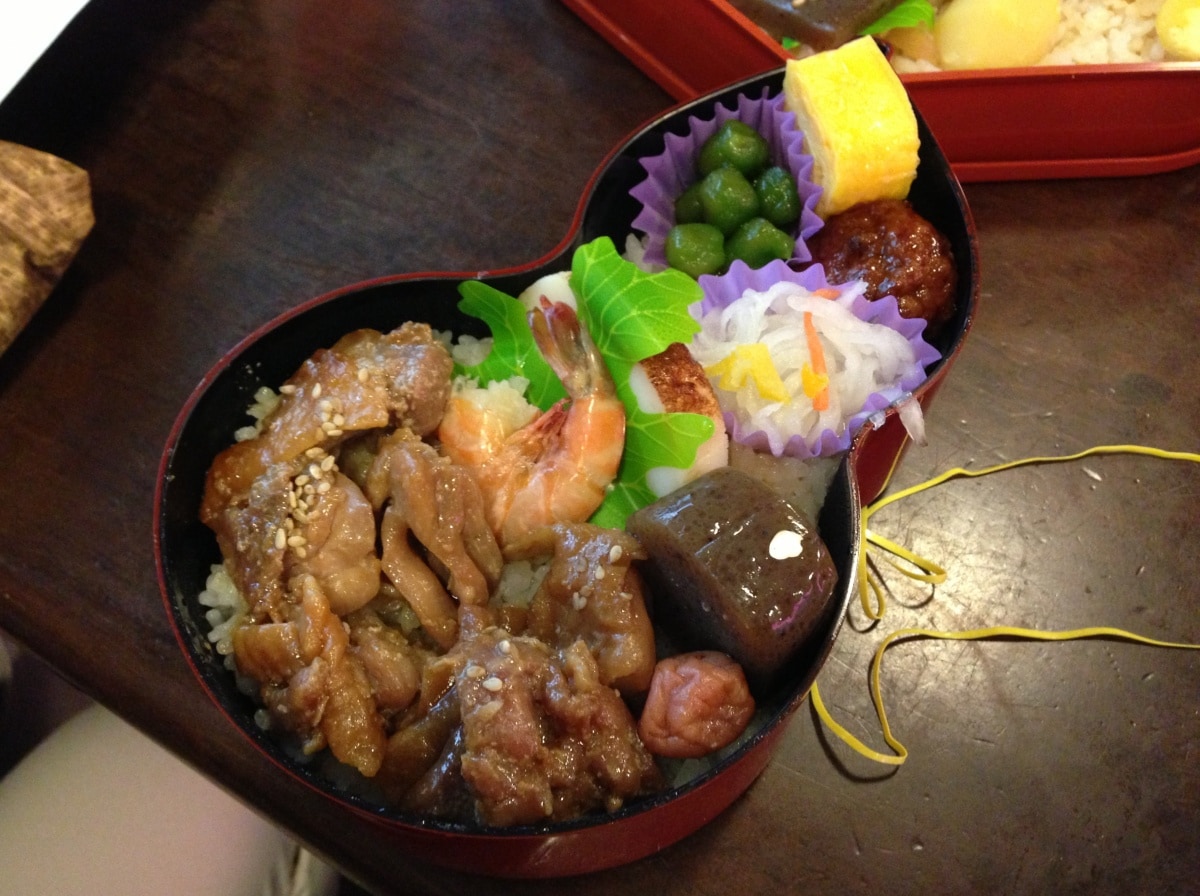Ekiben: Symbols of Colorful Local Culture
Japan may not be a big country, but it still has 47 prefectures, each one something like a state or province. Cities, towns and small communities have been a part of the social fabric for centuries, and during the Edo Period (1603-1867) the country was organized into more than 270 domains (fiefs, called han in Japanese).
By AAJ Editorial Team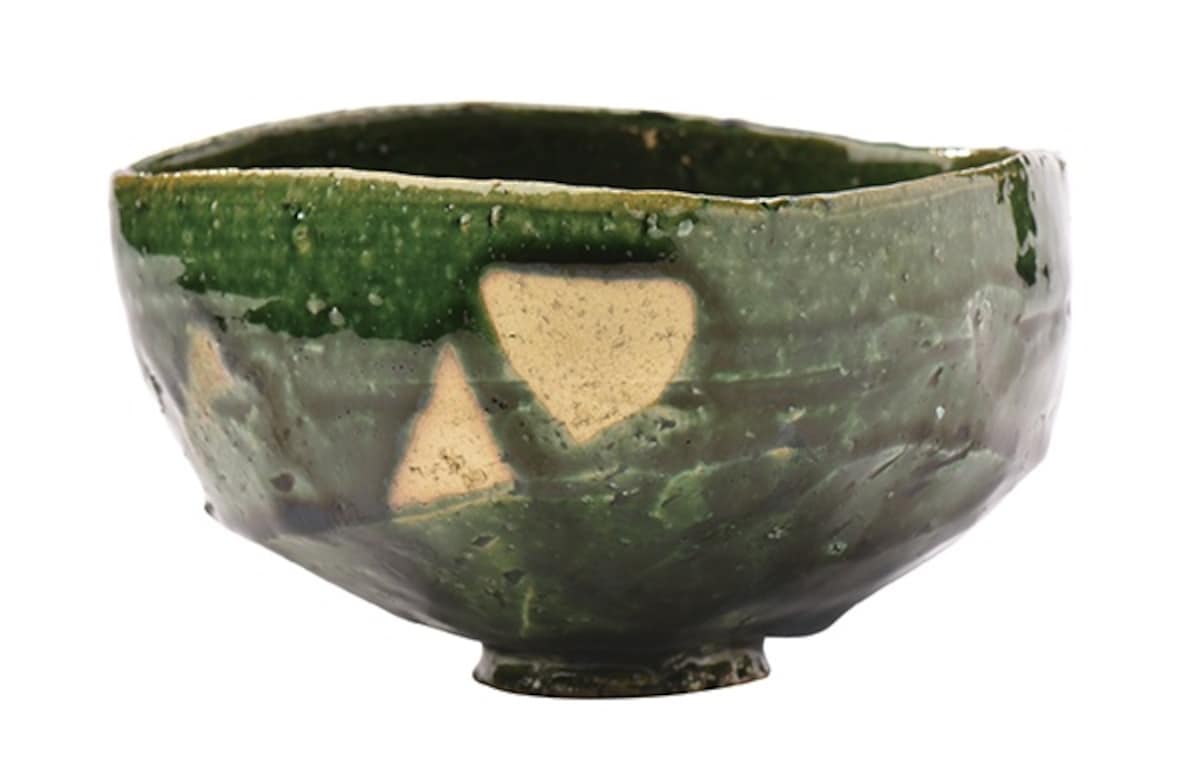
https://thewonder500.com/product/oribe-chawan-kuroyu-chawan-oribe-bowl-kuroyu-bowl/?lang=en
There was a time in Japanese history when each domain acted practically as its own country. So it is hardly surprising that each area developed its own culture and customs, giving a distinctive flavor and flair to each region. Even today there exist different dialects (although everyone understands the national language as well).
Different foods and culinary techniques take advantage of local specialties, with their various methods for fermenting or preserving foods. Cottage industries have long produced attractive handcrafts and finely detailed works, and some of these have been molded by skilled workers into traditional arts. All of these examples indicate the wide variety you will experience in different parts of the country.
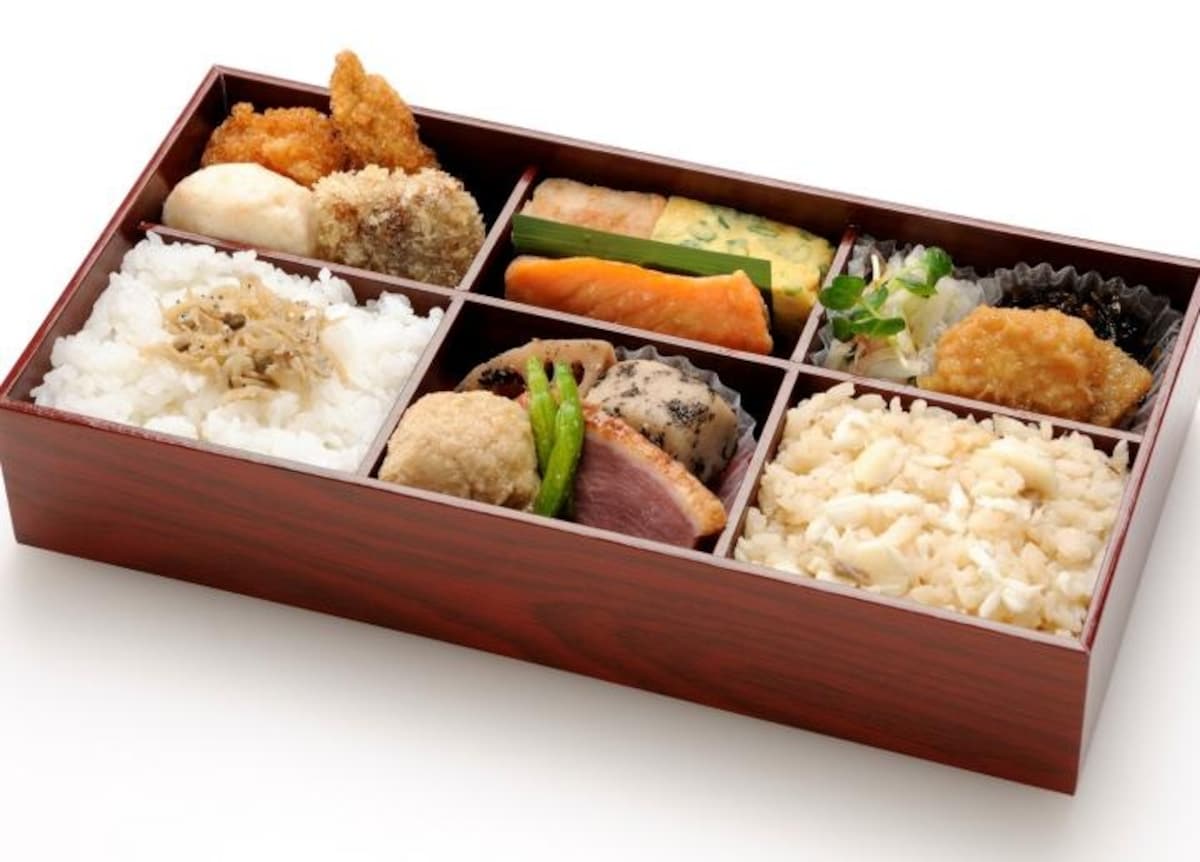
https://www.travelbook.co.jp/topic/1104
Two other examples, both close to the heart of almost any tourist, are excellent local souvenirs, and fine dining. Throughout Japan, various unique local products compete for the attention of travelers, and enhance the pleasure of their trips.
Attracting growing attention are the more than 3,000 varieties of ekiben lunch boxes. Eki means railway station, while ben is short for bento (a lunch packed in an easy-to-carry box). The box is crammed with carefully, beautifully arranged morsels of food, and ekiben have taken the bento culture to new heights, demonstrating pride in the region where they are made and offering plenty of local produce.
The world of ekiben is practically endless in variety. The next time you travel by train in Japan, you may want to buy an ekiben at a station, then savor food from the sea and the plains. Each locality has its own type of ekiben, its own tastes, and its own colorful ingredients to offer you. This is another way to enjoy the region you visit.
Bokoi Meshi (Hokkaido)
Bokoi in the Ainu language means "a place with many surf clams." True to its name, this bento contains rice balls made of seasoned rice luxuriantly mixed with surf clams. Lovingly prepared by a local couple, the lunch box is sold in limited quantities at Bokoi Station in the city of Muroran.
Gyukakuni Bento (Yamagata)
This lunch box is truly unique—its cover is decorated with the face of a cow, and when you take the cover off, a melody starts playing. It's a tune from a traditional ballad called hana-gasa ondo, which is sung during a festival dance. Ingredients include ample slices of Japanese Black beef, a famous local specialty.
Chirashizushi Teoke (Gifu)
The Mino earthenware container is shaped like a pail. Inside is sushi rice with lots of different ingredients sprinkled on top: shrimp, octopus, conger, omelet, shiitake mushroom, cucumber and more.
Hipparidako Meshi (Hyogo)
This a specialty ekiben sold in Akashi, a city facing the Akashi Strait, in Hyogo Prefecture. It contains rice topped with octopus and conger caught in the waters of the straight, as well as seasonal vegetables, prepared using an original recipe, and placed in a ceramic pot shaped like the pots fishermen use to catch octopus. Travelers can enjoy both the exquisite flavor and the unique container of this bento.
Momotaro no Matsurizushi (Okayama)
During the Edo Period (1603-1867), the shogunate and local fiefdoms banned the display of wealth, and the ingenuity of the local people gave birth to a specific local bento that later influenced the development of a type of sushi called matsuri-zushi, an ekiben railway station lunch box unique to Okayama. The Okayama story of Momotaro (Peach Boy) has prompted the cute design of this lunch box.
Izumo Shinwa Kaido Gokigen Bento (Shimane)
Lake Shinji is part salt water, part fresh, and the seven types of lake fish and shellfish most appreciated in the local cuisine are known as Shini-ko Shitchin ("The Seven Delicacies of Lake Shinji"). This ekiben featuring the local specialties comes with two bottles of local sake, one sweet and the other dry (Kokki and Kojo no Tsuru).
Shamoji Kakimeshi (Hiroshima)
The container, shaped like a rice ladle, includes oysters cooked with a variety of seasonings and culinary methods. Hiroshima is famous for its oysters. At ltsukushima Shrine in Hiroshima Prefecture, rice ladles are a popular souvenir because of their reputed ability to bring good luck
Tori no Teriyaki Bento (Kumamoto)
This bento includes pieces of chicken raised in the lzumi district of Kagoshima Prefecture. The meat is marinated in a mixture of soy sauce, ginger and garlic, then baked, forming a good combination with the seasoned cooked rice. There is plenty of food inside the gourd-shaped container.


